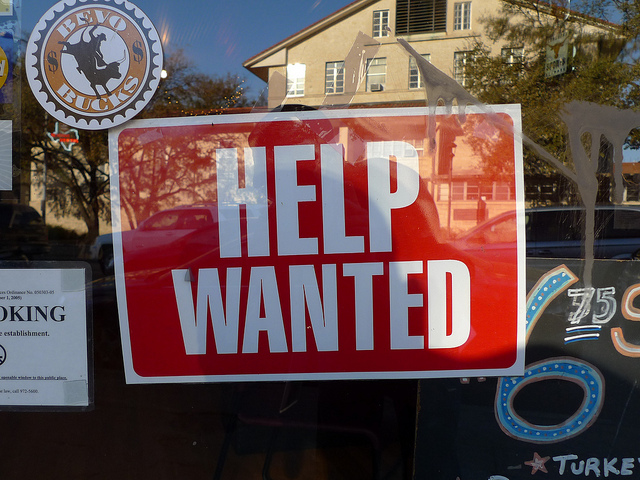There are probably many reasons to be fascinated by John F. Kennedy’s life and brief time in the White House. Here’s mine: I’ve long wondered how this one-time high-society party boy ever got to be such a good politician.
Chris Matthews, the TV commentator, may have finally answered my question. In his book, “Jack Kennedy: Elusive Hero,” Matthews said World War II changed Kennedy by placing him in charge of men not at all like him, mechanics and farmers, factory workers and truck drivers, Southerners and Midwesterners. That taught him empathy, which is a key to leadership. And somewhere along the line, Kennedy picked up a second skill: He learned how to ask people to do things.
This came in handy when Kennedy ran for office, and, Matthews writes, “realized that the key to forging loyalty within his (campaign) organization was the invitation itself. The mere act of asking someone to become a Kennedy person was the step that mattered.”
You may never run for public office, and if you do you may not need the political skills of John F. Kennedy. But asking people to do things—and getting them to do them—is a skill every civic leader and government manager needs to master, now more than ever.
Why? Because big urban problems can’t be solved by organizations acting alone; they can only be solved by collaborations. And collaborations—which are, after all, joint efforts by interests not compelled to work together—don’t come about on their own. They exist because someone brought the participants together. Simply stated, somebody made “the ask” and did so successfully.
So what’s an effective ask? It has three parts. First is finding the right person to ask. Second is asking the right way, so the person accepts the task. And third is asking again—the “second ask.”
If there’s an art to asking, it’s in that first part. That’s because finding the right person is a mixture of strategy, knowledge, and judgment. You have to know the objective (the task the collaboration will undertake), the organizations or interests that can best contribute to the objective, and the right person to work with inside those organizations and interests. (Hint: It may not be the person whose name is first on the letterhead.)
Then there’s the ask itself. Here again, it’s a mixture, usually including an appeal to altruism (imagine the good we can do) and self-interest (here’s what’s in it for you and your organization). But it has to go beyond artful phrasing because few will say yes to likely failure. So you have to show that you have a roadmap to success. That might mean facilitating meetings and offering other resources; at the very least it means deciding the number of meetings and what each will address.
And that brings us to the final part, the second ask, and back to JFK. Kennedy didn’t ask people to do things once. He asked them again and again. That’s how he built the intense loyalty that characterized his campaigns and his presidency.
There’s a bit of psychology here: When people say yes to an ask, no matter how little you’ve asked of them, they’ve investing in you. If the task is successful, your value rises in their eyes. By asking a second (or third or fourth) time, you are deepening your value . . . and building support. There’s also a bit of economics: You’ll spend much less time finding and asking people to join you a second or third time, so there is what economists might call a marginal efficiency in the second ask.
These benefits accumulate over time. But the first step, as JFK might remind us, is to ask—and ask well.
A version of this posting appeared on the Governing website.
Photo by Andreas Klinke Johannsen licensed under Creative Commons.

